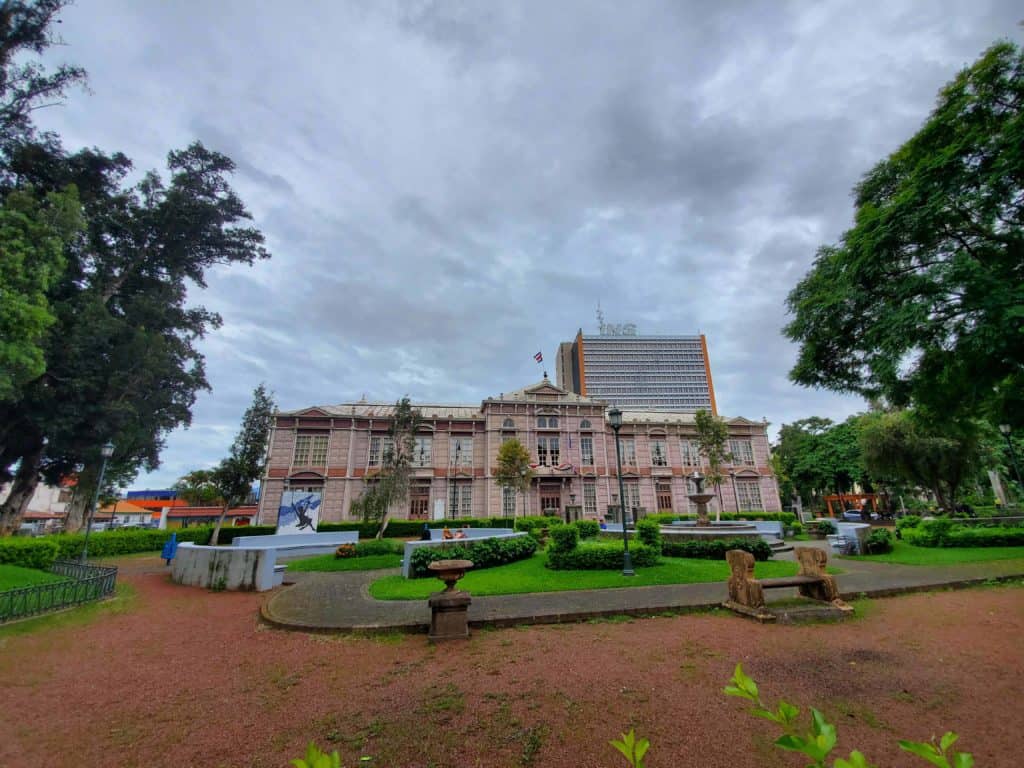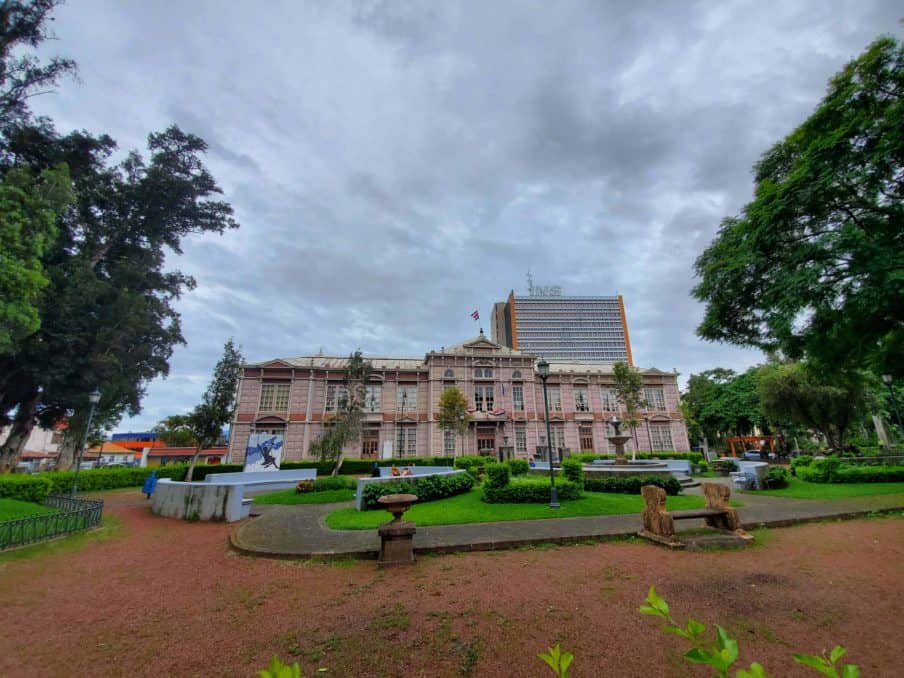
Moving to Costa Rica as an expat family? Figuring out schooling for your kids is a big deal. Costa Rica’s education system is solid—boasting a 96.1% literacy rate (UNESCO, 2023) and free, mandatory schooling from ages 4 to 17. The government pours 7.4% of GDP into education, prioritizing critical thinking and a well-rounded curriculum rooted in the Spanish model.
For expats, options range from public schools to private international academies, each with its own vibe and benefits. This guide breaks down the system, from preschool to university, and dives into what expat families need to know about public, private, and international schools, plus homeschooling and visa requirements. Whether you’re settling in San José or a beach town, here’s how to get your kids set up for success.
Overview of Costa Rica’s Education System
Costa Rica’s education system is a point of national pride, delivering free, high-quality schooling that rivals many developed countries. It’s built on four levels—preschool, primary, secondary, and higher education—emphasizing critical thinking, liberal arts, and practical skills. Public schools dominate, but private and international options cater to diverse needs, especially for expats. Let’s walk through each level and what it means for your family.
- Preschool (Educación Preescolar): For ages 4–6, focusing on early literacy and social skills.
- Primary (Educación Primaria): Ages 6–12, covering core subjects like math, Spanish, and science.
- Secondary (Educación Secundaria): Ages 13–17, split into a three-year basic cycle and a two-year diversified cycle with tracks like science or humanities.
- Higher Education: Public and private universities offering bachelor’s degrees and beyond.
Schooling is mandatory from preschool through secondary, and public schools are free, though expats often lean toward private or international schools for English instruction or global curricula.
Preschool Education in Costa Rica
Starting school early sets the tone for your child’s education, and Costa Rica’s preschool system is a great launchpad. Known as educación preescolar, it serves kids ages 4 to 6, though some programs accept 2-year-olds for maternal levels. While not mandatory, most families enroll their kids to build foundational skills in language, math, and social interaction, prepping them for primary school.
Preschools can be public (free) or private, run by the government, nonprofits, or individuals. Public programs follow a national curriculum, while private ones might offer extras like English immersion or Montessori methods. For expats, private preschools in urban areas like Escazú or Heredia are popular for bilingual options. Expect tuition at private schools to range from $200–$600 monthly. Daycare or after-school activities are often available, making it a flexible choice for working parents.
Primary Education in Costa Rica
Primary school is where kids build their academic foundation, and Costa Rica’s system delivers a solid start. Called educación primaria, it’s mandatory and free for ages 6 to 12, covering six years (grades 1–6). The curriculum hits core subjects—Spanish, math, science, social studies, and physical education—with a focus on critical thinking and creativity.
Public primary schools are well-regarded, with small class sizes in rural areas, but urban schools can be crowded. Private schools, often bilingual, are a draw for expats, costing $300–$800 monthly. The school year runs February to December, with breaks in July and December.
Students don’t face national exams at this stage, but teachers assess progress to ensure readiness for secondary school. For expat kids, language barriers in public schools can be a hurdle—Spanish fluency is key unless you opt for a private bilingual program.
Secondary Education in Costa Rica
Secondary school is a critical step, shaping your teen’s path to university or the workforce. Known as educación secundaria, it spans ages 13 to 17 and lasts five years, split into two cycles: a three-year basic cycle (grades 7–9) and a two-year diversified cycle (grades 10–11). It’s free in public schools and mandatory, with a curriculum balancing academics and practical skills.
The basic cycle covers broad subjects like math, Spanish, and history, while the diversified cycle lets students pick tracks—science, humanities, arts, or technical fields—to align with their goals. Private schools may offer International Baccalaureate (IB) or Advanced Placement (AP) programs.
At the end, students take the Bachillerato exam to earn a high school diploma, a must for university admission. Expat teens in public schools need strong Spanish skills, but international schools ease the transition with English-based curricula.
Private and International Schools for Expats
Expat families often gravitate toward private and international schools for their kids, and Costa Rica has plenty to choose from. These schools offer English-language instruction, globally recognized curricula, and a familiar environment for foreign students. Whether you’re in San José or a coastal town, here’s what to expect from these options.
Private schools range from local institutions with bilingual programs to elite international academies like Country Day School, Lincoln School, and the British School of Costa Rica. Curricula may follow U.S., U.K., or IB standards, ensuring credits transfer abroad. Tuition runs $500–$1,500 monthly, with extras like sports, music, or language classes.
Admission can be selective, requiring transcripts or entrance exams. For expats, these schools are a lifeline, offering accreditation for U.S. or European universities and easing language barriers. Check accreditation through organizations like the New England Association of Schools and Colleges (NEASC).
Public Universities in Costa Rica
Higher education in Costa Rica is a draw for students worldwide, thanks to affordable, high-quality public universities. If your teen is eyeing college in Costa Rica, or you’re considering it for yourself, the public system is a standout option. Here’s what you need to know about these institutions and their appeal for expats.
The main public universities are Universidad de Costa Rica (UCR), Universidad Nacional (UNA), Tecnológico de Costa Rica (TEC), Universidad Estatal a Distancia (UNED), and Universidad Técnica Nacional (UTN). They offer degrees in engineering, medicine, business, arts, and more, with bachelor’s programs typically lasting four years.
Tuition for locals is nearly free; expats pay $50–$200 per semester, still a bargain compared to U.S. rates. Admission requires the Bachillerato diploma and, for foreigners, a student visa and Spanish proficiency (B2 level). UCR and TEC rank among Latin America’s top universities, making them attractive for expat students seeking global credentials.
Schooling Options for American and Expat Kids
Moving your kids to Costa Rica means weighing schooling options carefully, especially for American or other expat families. From public schools to homeschooling, there’s a fit for every family’s needs and budget. Let’s explore the paths available and what to consider.
- Public Schools: Free and open to expat kids with a residency or student visa. Spanish is the primary language, so fluency is a must. Great for cultural immersion but challenging without strong language skills.
- Private Bilingual Schools: Offer Spanish and English instruction, costing $300–$800 monthly. Popular in urban areas and ideal for younger kids transitioning to Costa Rica.
- International Schools: English-based, with U.S. or IB curricula, costing $500–$1,500 monthly. Best for teens needing credits for foreign universities. Examples include Country Day School and Lincoln School.
- Homeschooling: Legal in Costa Rica, with oversight from the Ministry of Education. Parents must submit a curriculum and progress reports. Online programs like Time4Learning are common among expats.
- Language Immersion Programs: Short-term programs combining Spanish classes with cultural activities, offered by schools like Intercultura in Heredia. Perfect for gap years or summer study.
Expat kids need a student visa for public or private schools, obtainable through the Costa Rican embassy with proof of enrollment. Check school accreditation to ensure credits transfer. Language support varies—international schools offer ESL programs, while public schools rarely do.
Practical Tips for Expat Families
Navigating Costa Rica’s education system as an expat takes some planning, but a few key steps can make it smooth. From visas to school visits, here’s how to set your kids up for a great education.
- Visit Schools: Tour campuses to assess facilities, class sizes, and teacher qualifications. Ask about extracurriculars and language support.
- Check Visas: Kids need a student visa for long-term study, requiring proof of enrollment and financial stability. Processing takes 1–3 months.
- Assess Language Skills: If your kids don’t speak Spanish, consider international or bilingual schools, or enroll them in Spanish classes before moving.
- Understand Costs: Budget for tuition, uniforms ($50–$100), and supplies ($100–$200 annually). Public schools are free but may require small fees for materials.
- Health Requirements: Schools mandate vaccinations and health checkups through the EBAIS system. Bring medical records from home.
- Connect with Expats: Join forums like ARCR (Association of Residents of Costa Rica) to get school recommendations from other families.
Schooling Options Table
| School Type | Language | Cost (Monthly) | Best For |
|---|---|---|---|
| Public | Spanish | Free | Immersion, budget-conscious |
| Private Bilingual | Spanish/English | $300–$800 | Younger kids, language transition |
| International | English | $500–$1,500 | Teens, global curricula |
| Homeschooling | Varies | $0–$200 | Flexible schedules, custom learning |
Final Thoughts
Costa Rica’s education system is a gem, offering free public schooling and diverse private options for expat families. From preschool to university, the focus on critical thinking and broad academics prepares kids for bright futures.
Expat parents can choose public schools for cultural immersion, private bilingual programs for a balanced approach, or international schools for English-based learning. Homeschooling and language programs add flexibility. Do your homework—visit schools, check visas, and weigh language needs—to find the right fit. With a bit of planning, your kids can thrive in Costa Rica’s welcoming, education-focused environment.

